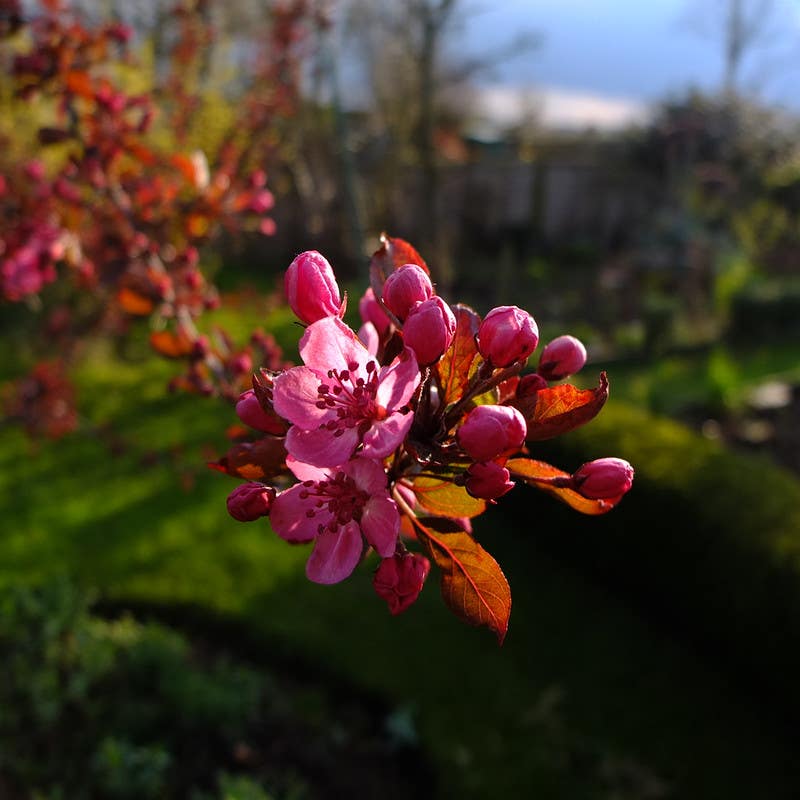Tip of the Week: Coping with Aggressive Perennials
Plants that spread by underground stems (rhizomes) may need containing to prevent them from taking over the garden. Plume poppy (Macleaya), for example, has long rhizomes that quickly find any…
Plants that spread by underground stems (rhizomes) may need containing to prevent them from taking over the garden. Plume poppy (Macleaya), for example, has long rhizomes that quickly find any available space and then send towering stems of jigsaw-puzzle leaves skyward. This can be overpowering for less robust shrubs and perennials growing in the area.
To contain such plants, take a hint from the herb garden, where mint is often grown in a bottomless bucket plunged into the earth. Inexpensive plastic pots are readily available from garden centers; choose ones at least 18 inches across and of a similar depth, in black or brown in case the rim becomes visible. Either remove the bottom or drill plenty of large holes in it to prevent it from becoming waterlogged. Then pot the plant in it and plant the pot right in the garden, sinking it so its rim is at ground level.
Less invasive perennials with rhizomes near the soil surface, such as hardy geraniums, can be contained by inserting terra cotta roofing tiles vertically into the ground to form a box around the plant's roots. Variegated bishop's weed (Aegopodium podagraria 'Variegatum') makes a very attractive edging plant when grown in this way, sandwiched between two rows of tiles.
------
Want more info on perennials? Check out the Horticulture: Perennials CD for expert advice from our editors!







